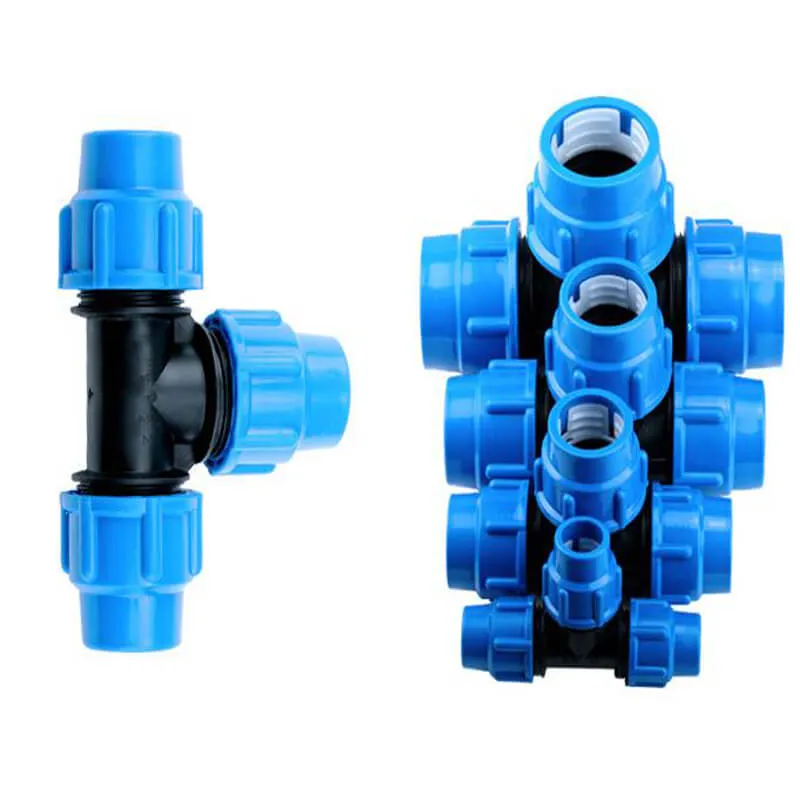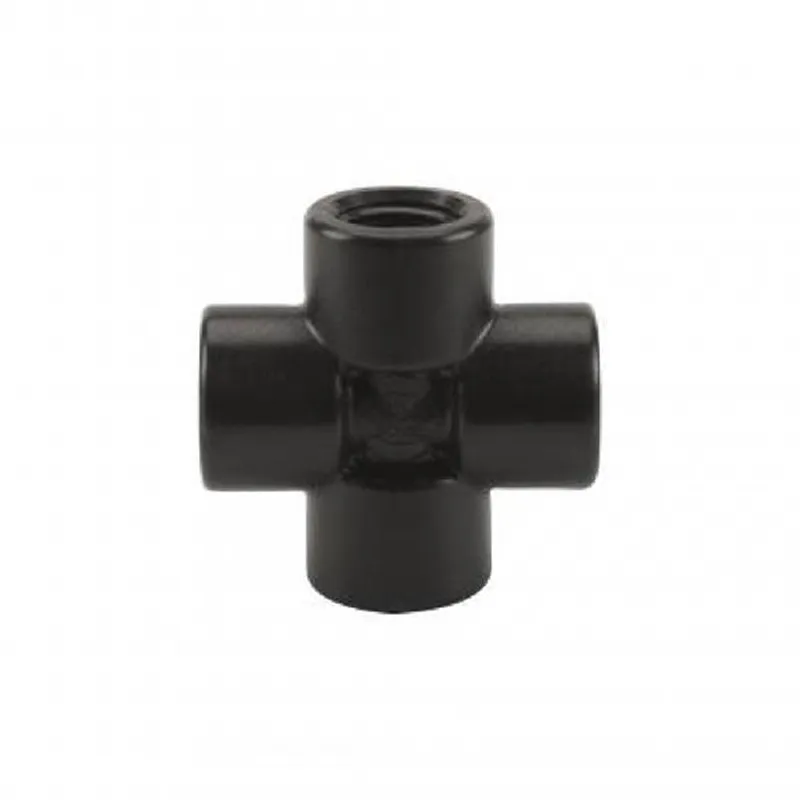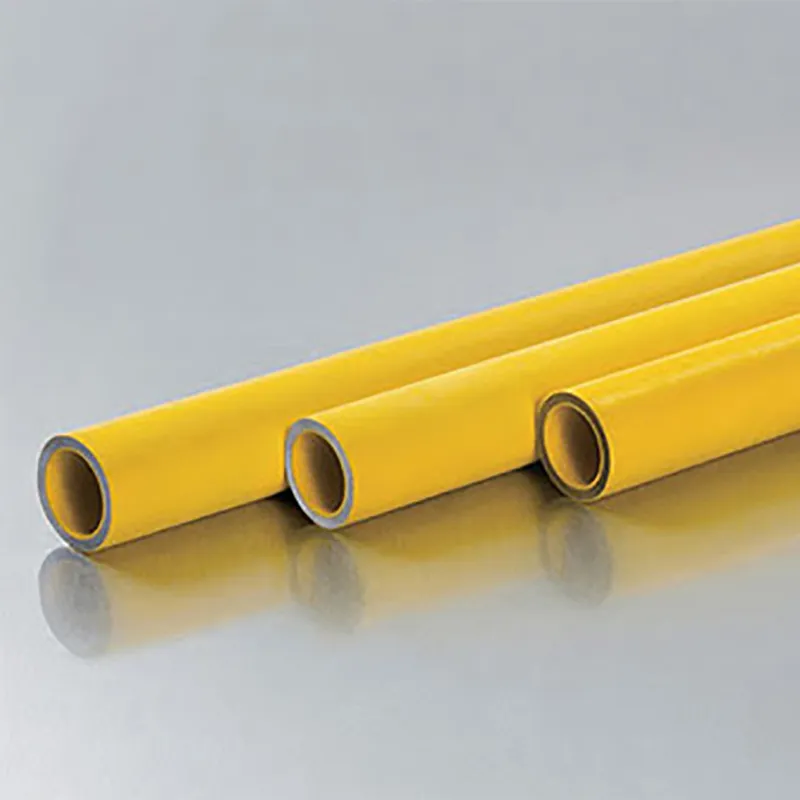HDPE (High-Density Polyethylene) pipes and fittings have become a cornerstone in modern irrigation systems due to their durability, flexibility, and cost-effectiveness. In particular, HDPE compression fittings and HDPE irrigation pipe have proven to be an ideal combination for various agricultural, residential, and industrial water management applications. This article will explore the advantages of these components and explain why they are essential for any irrigation system.
What Are HDPE Compression Fittings?
HDPE compression fittings are connectors specifically designed to join sections of HDPE pipe securely. They offer an efficient, leak-proof way to connect pipes without the need for welding, making them a popular choice for DIY projects as well as large-scale irrigation systems. The fittings typically include elements like body, compression ring, and nut, which are designed to be assembled by hand or with basic tools.
Key Benefits of HDPE Compression Fittings
1. Easy Installation
One of the primary advantages of HDPE compression fittings is their ease of installation. No special skills or expensive tools are needed, which reduces both labor costs and time spent on-site.
2. Leak-Proof Connection
A secure and tight seal is crucial for irrigation systems to prevent water wastage. HDPE compression fittings create a reliable, leak-proof connection, ensuring water flows efficiently through the system.
3. Corrosion Resistance
These fittings are resistant to chemicals and corrosion, making them ideal for applications where the water may contain fertilizers, pesticides, or other chemicals commonly used in agriculture.
4. Flexibility
HDPE compression fittings are available in various sizes and configurations, allowing for flexible installation in complex irrigation systems. They are compatible with a wide range of HDPE irrigation pipes, enabling easy modifications and expansions to the system.
HDPE Irrigation Pipe: A Smart Choice for Water Systems
HDPE irrigation pipe is the backbone of modern irrigation systems. Known for its flexibility, strength, and long life, it is widely used for both above-ground and buried applications. These pipes are designed to transport water efficiently across long distances, making them suitable for agriculture, landscaping, and even municipal projects.
Advantages of HDPE Irrigation Pipe
1. Durability
HDPE irrigation pipes are highly durable, resistant to cracking and breaking under stress. They can withstand harsh environmental conditions, including UV radiation from the sun, extreme temperatures, and ground movements.
2. Cost-Effective
Due to their lightweight nature, HDPE pipes are cheaper to transport and easier to install, leading to lower overall system costs. Additionally, their long lifespan reduces the need for frequent replacements or repairs.
3. High Flexibility
HDPE pipes are flexible, which makes them easy to install on uneven terrain or around obstacles. This flexibility is especially beneficial for irrigation systems where land contours can vary significantly
4. Chemical and Corrosion Resistance
Like HDPE compression fittings, HDPE irrigation pipes are resistant to chemicals, ensuring they won’t degrade when exposed to substances often present in agricultural water systems. This makes them ideal for long-term use.
Combining HDPE Compression Fittings and HDPE Irrigation Pipe for Maximum Efficiency
When used together, HDPE compression fittings and HDPE irrigation pipes create a highly efficient and reliable irrigation system. The flexibility and strength of the pipe, combined with the leak-proof and easy-to-install nature of the fittings, make them a perfect match for any water management project.
Key Applications
1. Agricultural Irrigation
Farmers rely on HDPE irrigation pipes to distribute water evenly across crops. The use of HDPE compression fittings allows for easy system modifications, whether expanding the system or repairing damaged sections. This flexibility ensures crops receive adequate water without waste
2. Landscape Irrigation
In landscaping, precise water control is essential to maintain the health of plants and minimize water usage. The combination of HDPE irrigation pipe and HDPE compression fittings provides a solution that can be easily customized to meet the specific needs of lawns, gardens, and large outdoor spaces.
3. Municipal Water Supply Systems
For larger municipal projects, HDPE irrigation pipe is often used in combination with HDPE compression fittings to create systems that can handle high water pressure and long-distance water delivery. These systems are essential for ensuring a reliable water supply in urban environments.
In summary, HDPE compression fittings and HDPE irrigation pipe provide an unbeatable combination for irrigation and water management systems. They offer durability, flexibility, cost-effectiveness, and ease of installation, making them the go-to choice for a wide range of applications. Whether you're managing a small garden or a large agricultural field, the pairing of HDPE compression fittings with HDPE irrigation pipes will help ensure that your water system runs efficiently and reliably for years to come.
By incorporating both HDPE compression fittings and HDPE irrigation pipe into your system, you can enjoy the benefits of reduced water loss, lower installation costs, and a long-lasting infrastructure that requires minimal maintenance.




257.webp)
818.webp)
121.webp)
294.webp)
476.webp)
420.webp)
146.webp)
460.webp)
287.webp)
274.webp)
688.webp)


